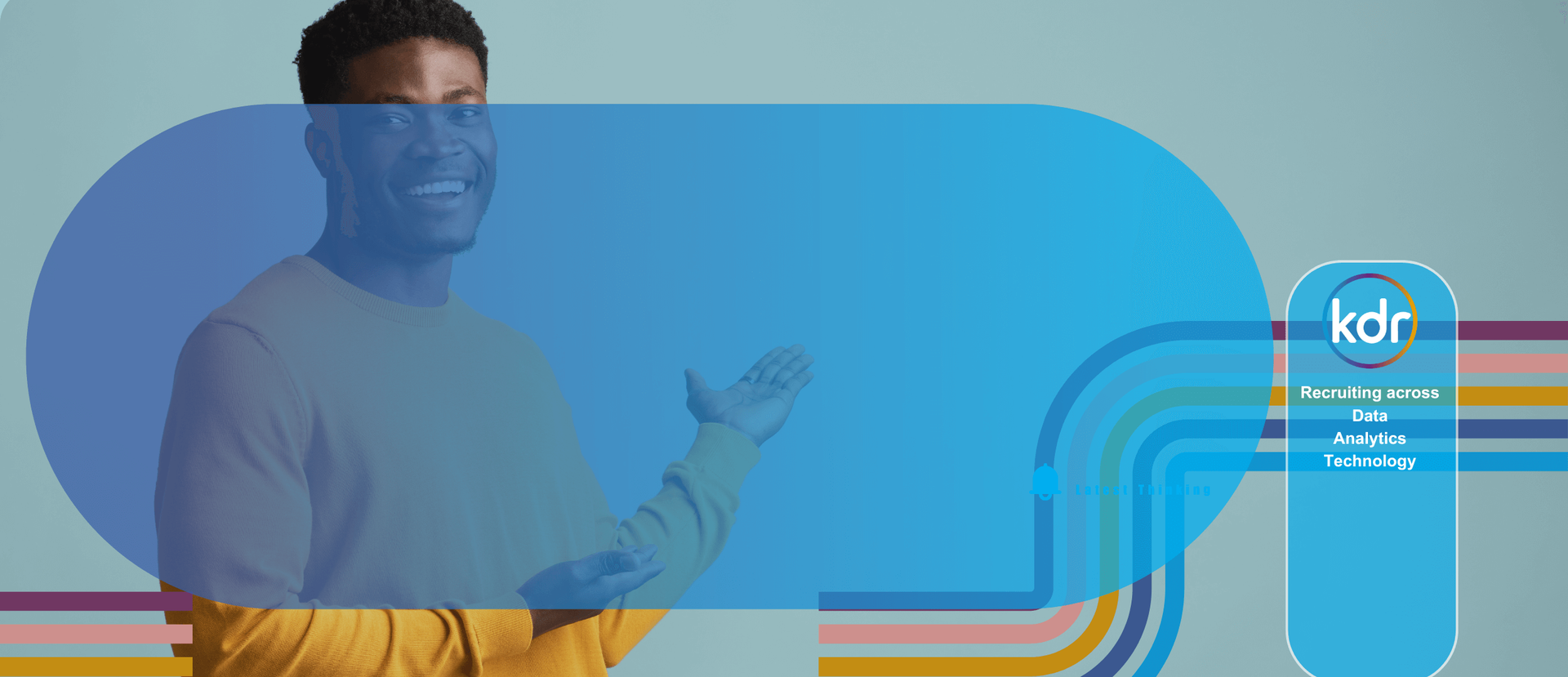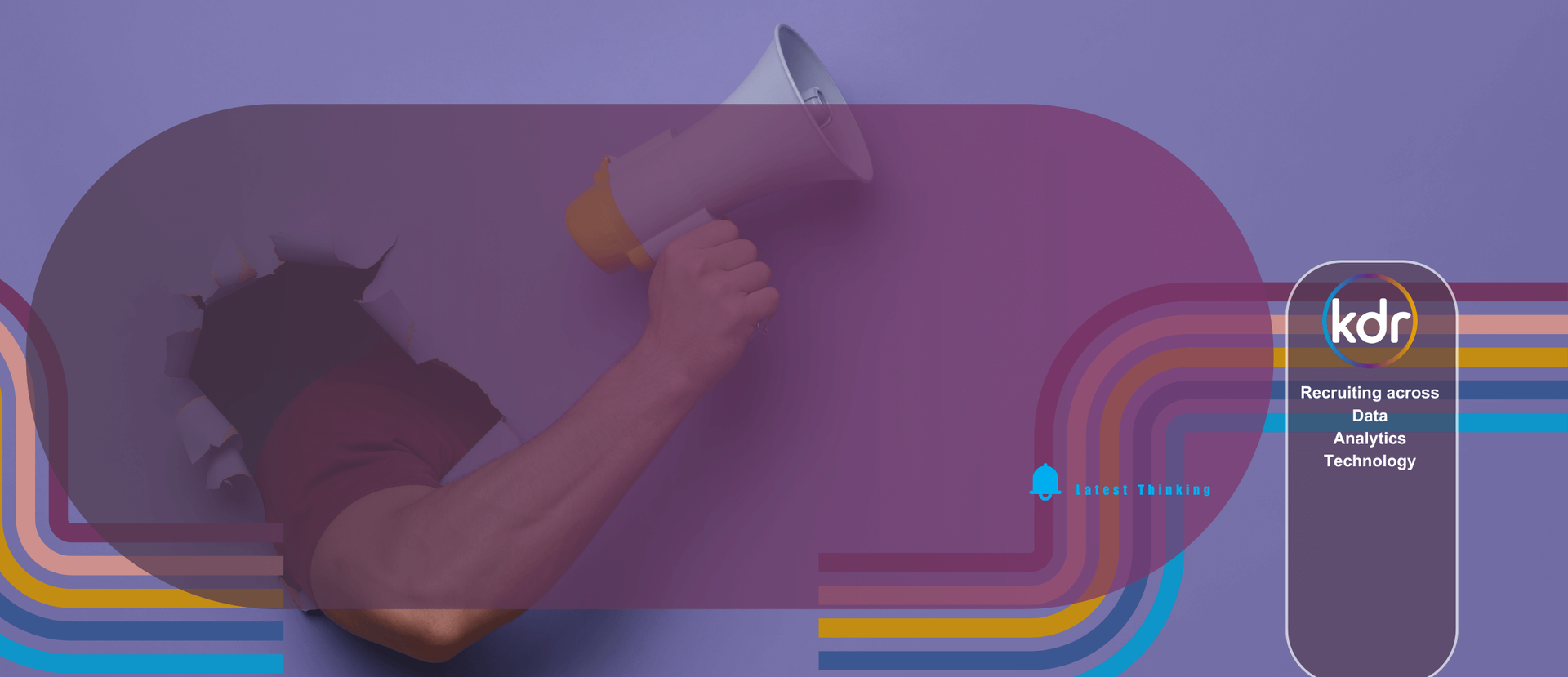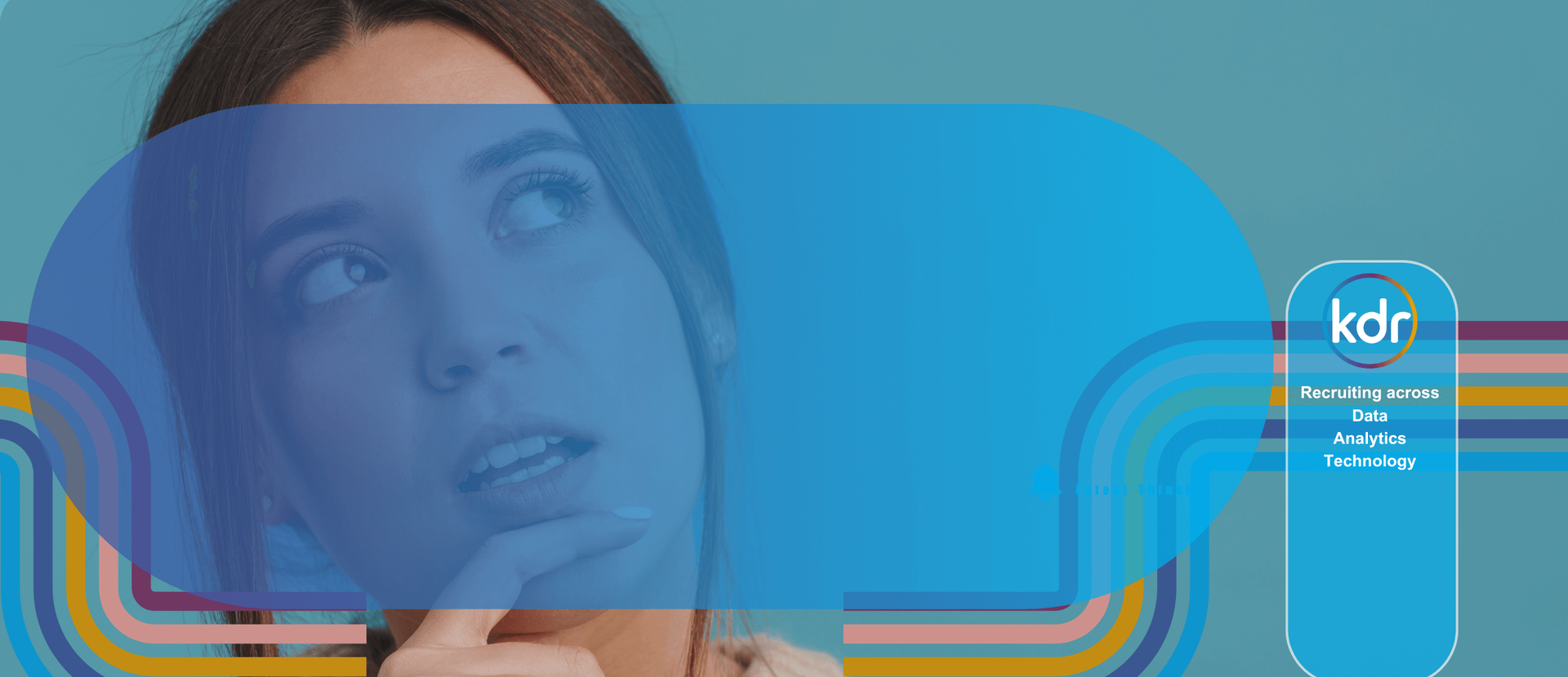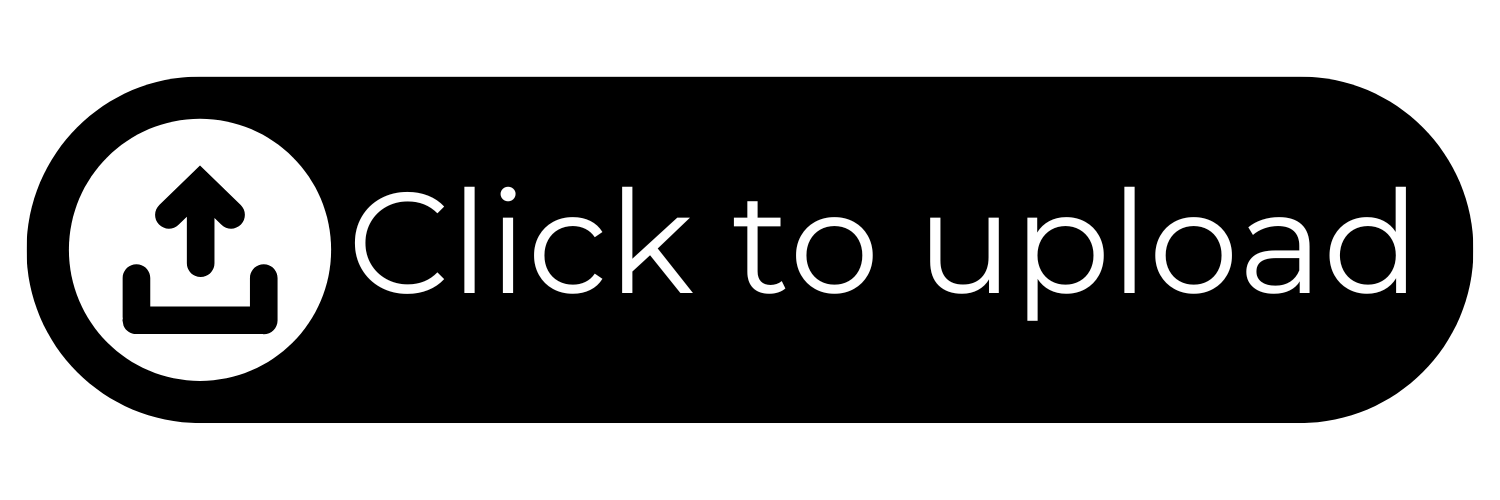Hiring an AI Team
For CTOs, building an AI team isn’t as simple as hiring a few machine learning engineers.

The real challenge lies in aligning hiring decisions to the stage of AI maturity your business is in, from early experimentation through to productisation and scale.
Depending on where you sit within the AI model maturity cycle, will determine how to approach building the team. We have broken down the typical scenarios our clients come to us with below, to help you identify how peers typically approach recruitment for each stage.
STAGE 1 – EXPLORATORY
Objective: Identify where AI adds business value.
At this stage, you’re typically asking questions like:
Can AI solve a real user or business problem? Is the data available and clean enough? What are the success metrics?
Hiring focus:
At this point you’d benefit from being lean, strategic and experimental. You need people who can test hypotheses fast. The kinds of profiles that are good for this stage are usually:
AI R&D profiles (often ex-academia or deep learning experts).
Why?
1. They’re trained to ask new questions, test hypotheses and explore uncharted territory. They are great at solving novel, undefined problems where there’s no playbook yet so they are ideal for greenfield AI use cases where innovation is the goal.
2. They have a strong grasp of machine learning theory, especially in areas like:
Neural networks
Generative models (GANs, VAEs)
Reinforcement learning
Transformers / LLMs
3. They can assess whether a model architecture is fundamentally appropriate and not just whether it works theoretically.
4. They are skilled in quick prototyping using tools like PyTorch and TensorFlow and comfortable building proofs-of-concept to validate ideas quickly. They are also used to iterative experimentation, which is critical in the early stages of AI discovery.
5. They are able to write clearly, summarise experiments and communicate findings to technical peers or senior stakeholders.
6. They typically stay up to date with the latest research from NeurIPS, ICML, and arXiv and are great at identifying new trends and adapting them to business contexts (e.g. fine-tuning a new LLM architecture).
Where They May Need Support
They may lack experience deploying models at scale or integrating them into real-world systems.
Business Alignment. They might need guidance to focus on commercial outcomes rather than academic elegance.
Strategic data scientists are also a good hire at this stage.
Why?
At this early stage, the question isn’t "Can we build it?" … it’s "Should we build it?"
Strategic data scientists excel at:
- Understanding business problems and translating them into data questions
- Assessing AI feasibility given the available data and resources
- Prioritising use cases based on ROI potential, complexity and strategic fit
They connect technical possibilities with commercial priorities which is something a purely technical ML engineer may not be equipped to do. Essentially they are product thinkers with technical fluency. They’ll save you time by identifying whether the model should be built in the first place. Also, this profile tends to have enough business context to align with stakeholders and enough technical depth to assess data quality, completeness and structure. They can communicate effectively with product managers and business leads (to understand needs) as well as data engineers or researchers (to shape solutions). They’re often the glue that connects domain expertise with AI capability. They work iteratively and handle ambiguity well.
Stage 1 is often fuzzy. You don’t have a clear scope, complete data, or guaranteed value. Strategic data scientists thrive in that space because they're comfortable working with incomplete information and they pivot quickly when new insights emerge.
What you don’t need yet:
A full-stack ML engineer focused on pipelines
A team of data engineers to productionise anything
A model that's 99% accurate because 70% might be enough to prove value
Key CTO decision: Do you build a proof of concept in-house or partner with a vendor/research lab?
STAGE 2: PROTOTYPE TO MINIMUM VIABLE PRODUCT
Objective: Prove that AI can work in your domain, technically and commercially.
This is where many AI projects stall. The prototype works in isolation, but integrating it with your systems, infrastructure and users is a new challenge.
Hiring focus: Start bridging research and production. At this stage you’ll likely need:
MLOps/Platform engineers to take models out of notebooks
Backend developers to build data services or APIs
Data engineers to build the pipeline from source to inference
At this point: Avoid hiring a “team of scientists” without engineering support. They’ll build models no one can use.
STAGE 3: SCALE PHASE FROM VIABLE PRODUCT TO REAL PRODUCT
Objective: Make AI part of your infrastructure and roadmap.
At this point your hiring focus should be on specialists who can embed AI into your production stack and roadmap because now, the goal is no longer to prove that AI can work, it's to ensure that it works consistently, reliably and safely at scale, embedded into your existing infrastructure and product delivery pipeline.
MLOps + DevOps integration
Cloud-native data engineering (GCP, AWS, Azure)
AI-savvy product managers
Responsible AI expertise (compliance, bias, transparency)
CTO insight: This is where you build a cross-functional AI capability, not just a team. Because at Stage 3, the goal isn’t just to have a dedicated "AI team" off in a corner building models. The goal is to embed AI into how your entire organisation delivers value across products, platforms and teams.
If you stop at hiring a smart AI team, you’ll hit scaling problems. However, if you invest in the systems, processes and people to support AI across the business you’re building a capability that’s scalable, resilient and strategically valuable.
In practice, this means:
AI/ML engineers work closely with product, DevOps and customer teams
There’s shared infrastructure for data, model deployment and monitoring
Teams are trained to understand how to interact with AI systems (not just the AI experts)
AI isn’t a "lab project", it’s part of how products are built and improved
STAGE 4: EMBEDDED AI WITH ORGANISATION-WIDE ENABLEMENT
Objective: AI becomes a core part of how your organisation delivers value.
AI is part of multiple products and you’re scaling across teams and markets. Data governance and cross-functional alignment are critical.
Hiring focus:
Leadership: Head of AI / AI Product Director
Federated data science teams aligned to business units
AI Ops / model governance leads
Enablement roles: data product managers, internal platforms
CTO Role: Start thinking about AI capability architecture not just headcount.
Bonus: Aligning Hiring to AI Investment ROI
Every AI hire should map to a clear product or business metric.
CTOs who succeed with AI aren’t the ones with the biggest teams they’re the ones with:
Alignment between AI and product strategy
Cross-functional collaboration from day one
A roadmap for scaling AI capability, not just model accuracy
Need help hiring at the right AI maturity stage?
At KDR Talent Solutions, we understand the difference between hiring for PoC vs platform. Let’s build a team that moves with your needs.
| AI Stage | Value Driver | Metric to Optimise | Key Hires |
|---|---|---|---|
| Exploration | Learning | Time to insight | Rapid prototypers, data scientists |
| Minimal Viable Product | Validation | Model accuracy, latency | MLOps, Backend jobs |
| Scale | Impact | Uptime, revenue, adoption | Infrastructure specialists, AI Project Managers, |
| Embedded | Sustainability | Cost per prediction, compliance, speed to deploy | Governance enablement |
| Just a Team | Cross-functionality Capability |
|---|---|
| A standalone group of AI specialists | A company-wide ability to develop, deploy and scale AI |
| May operate in isolation | Integrated across engineering, product, data and compliance |
| Focused on models | Focused on outcomes, infrastructure, governance and product |
| Often bottlenecks at handovers | Enables smooth collaboration between roles |
